Top 10 Temples to visit in Cambodia So beautiful view
Description
Angkor Wat
Representing the abode of Hinduism's ancient gods, the spectacular temple of Angkor Wat is quite literally heaven on earth and the jewel in the Khmer archaeological crown. It's the largest of all Angkor's temples and one of the best preserved. Surrounded by a huge rectangular reservoir and an outer wall measuring over 3km in length, the temple consists of three tiered galleries and five towers shaped like lotus buds.
Bayon
One of the most iconic temples in Angkor is Bayon where a sea of colossal stone faces serenely smile down from 54 gothic towers that rise out from the upper terrace. It's believed the faces are a representation of Avalokitesvara, the bodhisattva of compassion, though their striking resemblance to King Jayavarman VII has led many scholars to believe that the king considered himself a devaraja (god-king) within the context of Buddhism.
Ta Prohm
Undoubtedly the most evocative and photographic temple in all of Angkor, the Buddhist temple of Ta Prohm lies in a semi-ruined state engulfed by the jungle. The muscular roots of towering trees spill over the ramparts like the tentacles of a gigantic octopus with the leaves cloaking the temple in dappled shadow and casting a greenish hue that gives Ta Prohm an other-worldly ambience.
Banteay Srei
Considered to be the art gallery of Angkor, the small temple of Banteay Srei features some of the finest stone carvings ever seen. Built of fine grained rose-pink sandstone, the walls of the temple are ornamented with elaborate floral motifs, divine figures and breathtaking depictions of episodes from the Ramayana.
Angkor Thom
The monumental Angkor Thom was the last great capital of the Khmer empire and at its zenith likely supported a population of one million. Measuring more than 10 square km in size, the fortified city features eight metre high walls and a massive moat designed to keep invaders at bay whilst enclosing the residences of priests, and royal and military officials.
Preah Khan
Largely unrestored though reasonably preserved, Preah Khan is the ultimate fusion temple operating as both a Buddhist and Hindu place of worship. Concentric rectangular galleries enclose a Buddhist sanctuary with a number of Hindu satellite temples and the whole site is surrounded by a moat with the main entrance to the east.
Banteay Samre
Thanks to extensive restoration work, the temple of Banteay Samre is in an excellent state of repair with elaborate architecture and fine carvings of Hindu and Buddha depictions. Built during the same period as Angkor Wat, the temple displays a number of similar features including the style of its towers and balustrades.
Banteay Kdei
Dating back to the 12th century, the large Buddhist monastery of Banteay Kdei was built in the same period as Ta Prohm conforming to a similar style with four concentric walls that enclose the central sanctuary and four entrances decorated with garudas. Known as the 'citadel of chambers', the temple is a treasure chest of sculptures and impressive bas-reliefs of apsaras and dancing girls. Built from a variety of stone materials, the temple complex displays a range of colours from warm peach tones to grey surfaces given a slight greenish hue by years of weathering.
Pre Rup
Reminiscent of a miniature Angkor Wat with its five lotus towers, the temple of Pre Rup was built in 961 by Rajendravarman II as the state temple of the king. Translating as 'turning the body', Pre Rup has been associated with funerary rituals as it refers to cremation method of tracing a corpse's outline in ashes.
Phnom Bakheng
Built more than two centuries before Angkor Wat, Phnom Bakheng lays claim as the first of the mountain temples constructed in the Angkor region. It was once the architectural centrepiece of the ancient capital Yasodharapura, the first capital city of the Khmer Empire and is testimony to the power of symmetry.


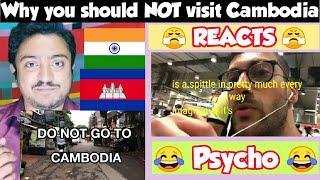
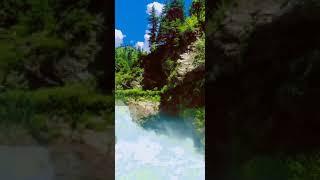


![Top 10 Most Amazing Underground Temples [Epic Temples]](https://no-mar.com/uploads/thumbs/adb3b4438-1.jpg)
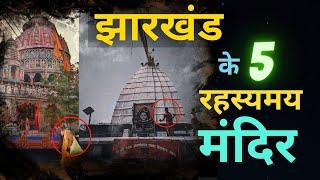
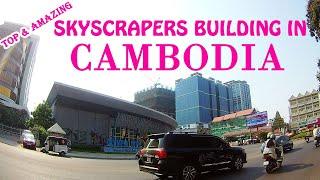
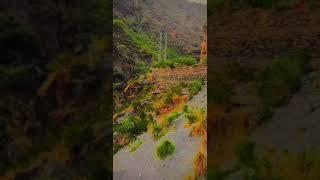

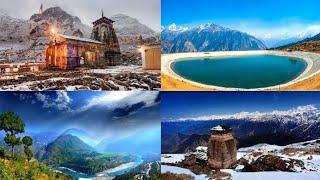
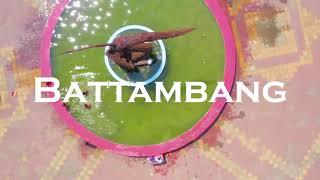
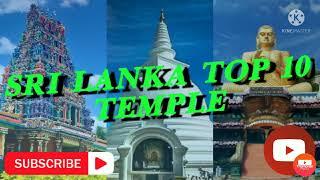
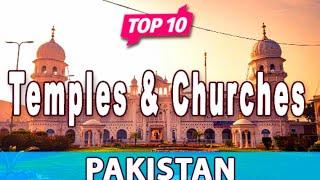
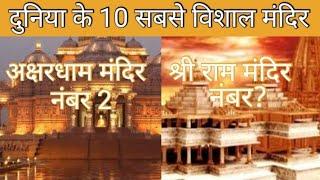





Comments